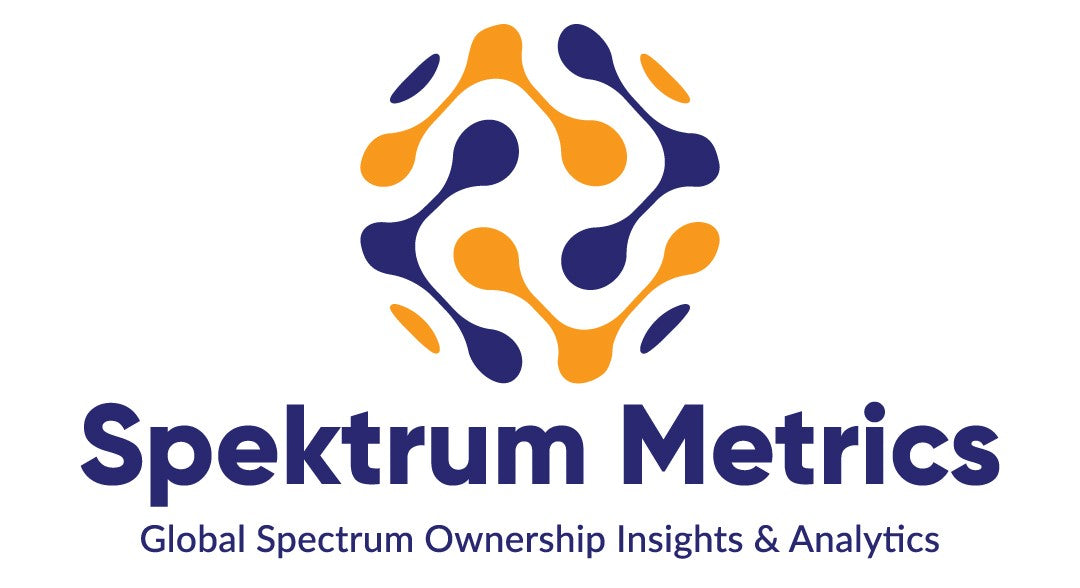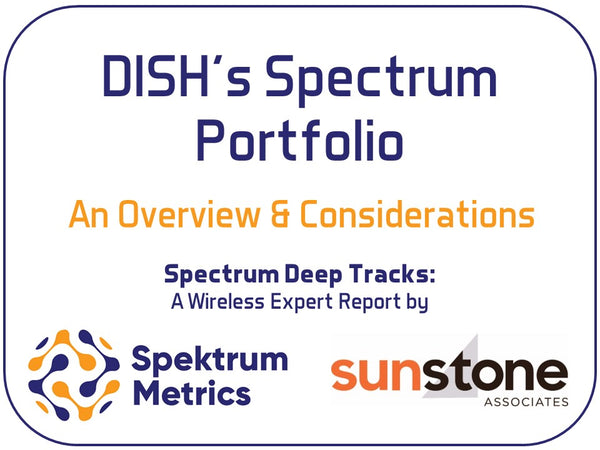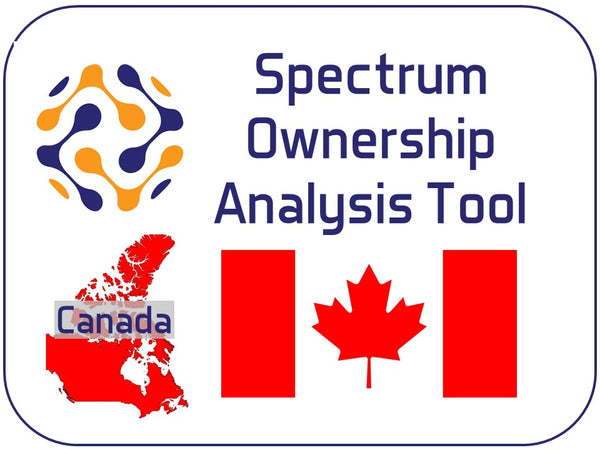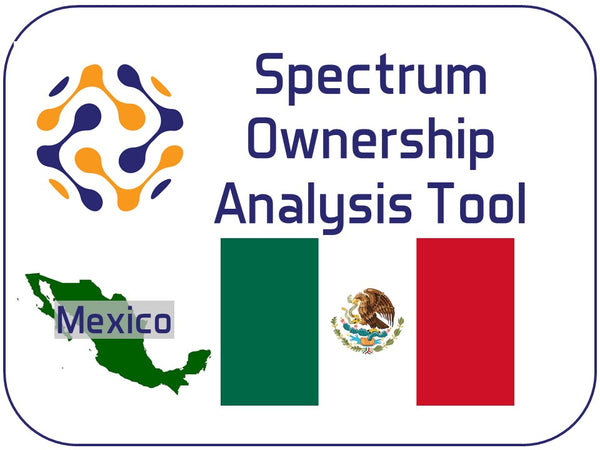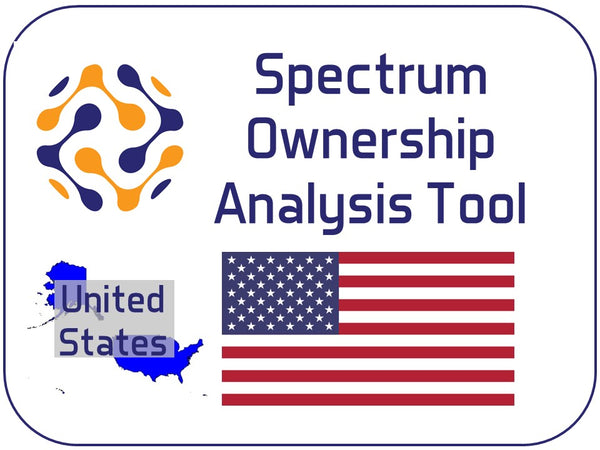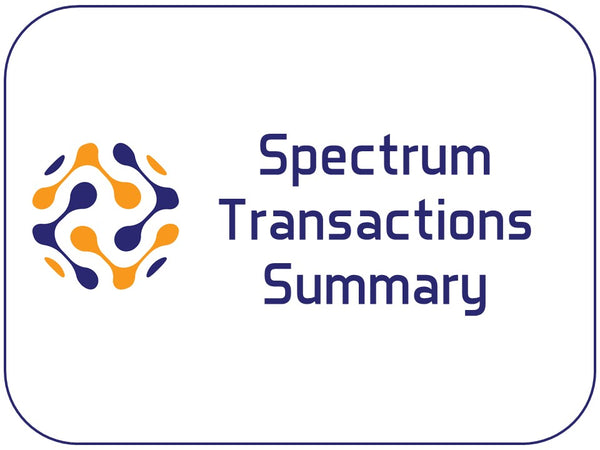Comparing Spectrum Allocations in the United States, Canada, Mexico, and Germany March 4, 2025 21:32
How much spectrum have countries licensed in each frequency band? How much of this allocation is controlled by the major carriers? In this post, we are going to compare and contrast the spectrum allocations in four of our country spectrum ownership products. We are going to highlight the National Spectrum Depth average for each of the major carriers and then evaluate how each carrier’s spectrum varies across each country's level 2 geographic boundaries. For all of our tools, a level 0 boundary represents the entire country, a level 1 boundary represents the states (or provinces for Canada), and a level 2 boundary represents the frameworks below. All of the values below are from our March 2025 releases for each of these country tools. We will be looking at the PCS spectrum ownership for each of these countries, which will either be in NR Band 25 (1850-1915/1920-1995MHz) or NR Band 3 (1710-1785/1805-1880MHz).


In the United States, T-Mobile has a clear advantage in PCS spectrum ownership when we evaluate the National Population Average, but since US spectrum varies at the county-level for virtually all bands, each carrier’s capabilities need to be also evaluated at the county level. Below we present histograms for each carriers’ spectrum depth for each county. The x-axis represents the various county spectrum depth values and the y-axis represents the number of counties with that spectrum value. In the first chart below, Verizon has 10 MHz of spectrum in about 875 counties and their county spectrum depth values vary from 0 to 70 MHz.

T-Mobile has 60MHz of PCS spectrum in 1000 counties and has between 40 and 60 MHz of spectrum in over 2200 counties.

Looking at AT&T, their peak value to 40 MHz in about 1000 counties and they have between 30 and 50 MHz in over 2300 counties.

Looking at AT&T, their peak value to 40 MHz in about 1000 counties and they have between 30 and 50 MHz in over 2300 counties.

In Canada, each of the major carriers has similar spectrum depth values for the entire country. Rogers has 30 MHz of spectrum in about 68% of the Tier 4 markets and between 20 and 30 MHz in about 160 of the 172 Tier 4 markets.

Interestingly, Telus has a wide spread of Tier 4 spectrum depth values from 40 markets with 70 MHz to 30 markets with 0 MHz.

Similarly, Bell also has markets with 0 MHz of PCS spectrum (50 Tier 4 markets) and roughly 130 markets with 50 to 70 MHz of PCS spectrum.


Recently, Telefonica exited the Mexico market, giving its spectrum back to the government. This has left AT&T and Telcel as the only remaining major carriers. Looking at AT&T’s histogram, they primarily own about 30 MHz of PCS spectrum in about 1700 Municipios but they do own 40 MHz of spectrum in about 500 municipios and only 22 MHz of spectrum in about 250 municipios.

If we were only looking at Telcel’s histogram, we could be misled to believe that Mexico’s PCS spectrum is allocated nationally since they control 30MHz of spectrum across each of the municipios.


As we shift to Germany, we can see that the PCS spectrum (1800 MHz) is allocated nationally since the primary district allocations match the National Population Average for each carrier.



